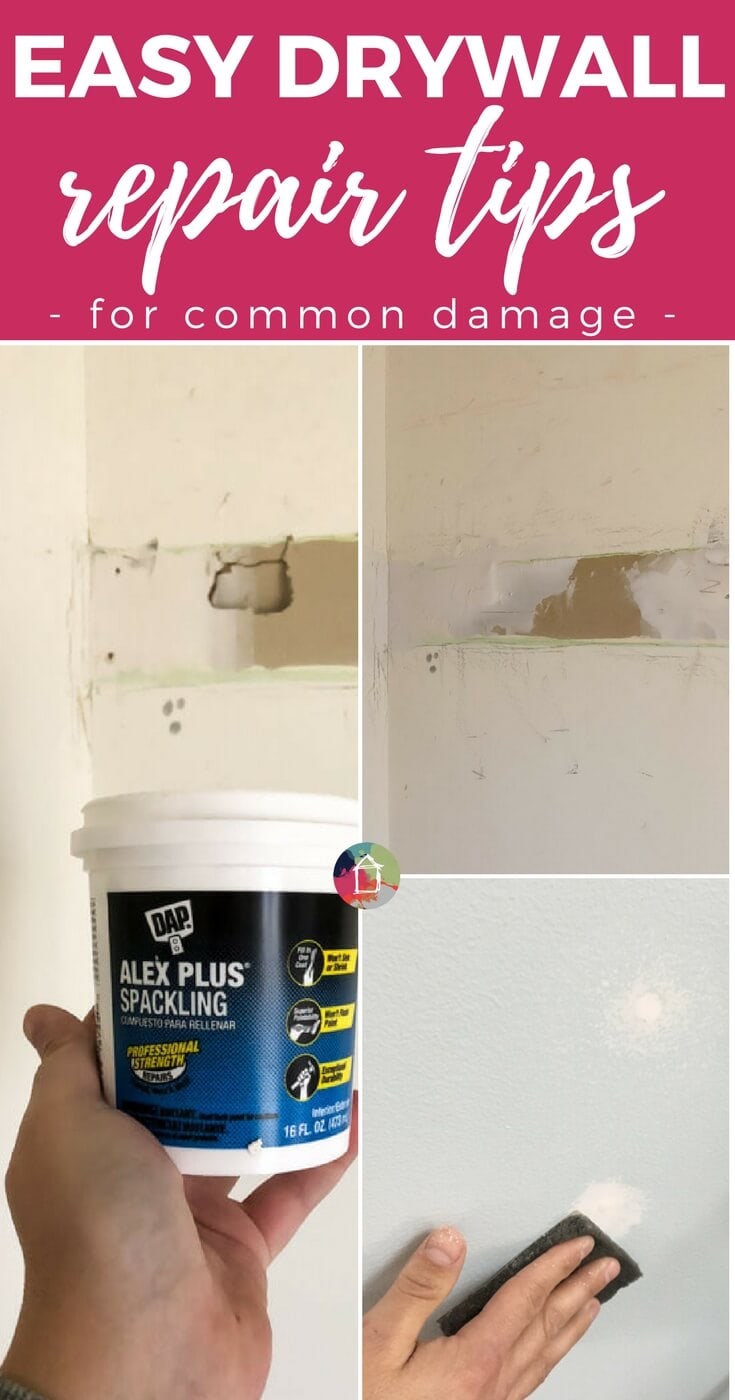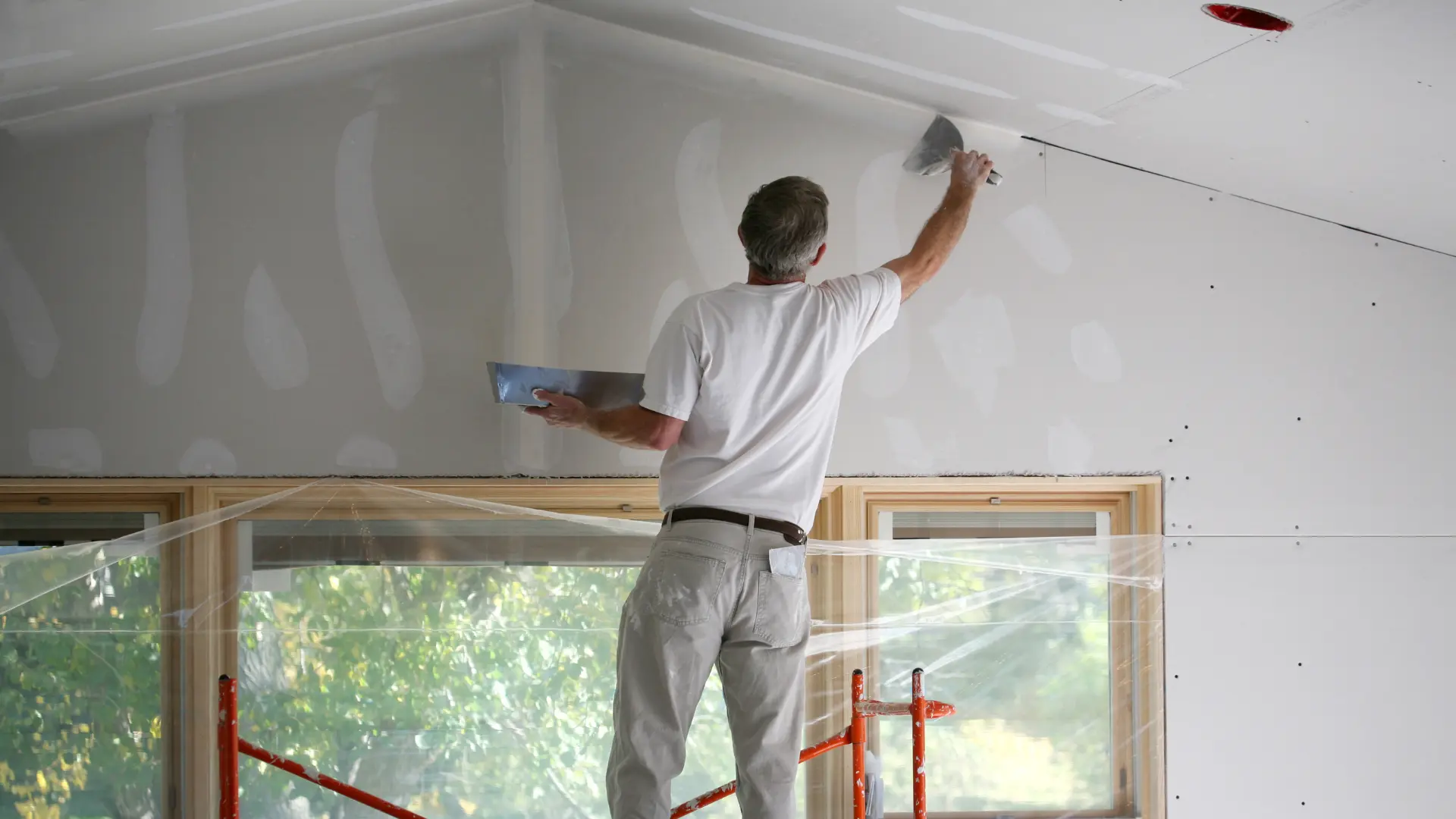Achieve a modern finish with Interior Painting guided by local drywall contractors.
A Comprehensive Guide to Mastering Drywall Repair Service and Installment
This guide supplies a thorough expedition of drywall repair and installation, providing to both newbies and skilled professionals. It describes essential devices, techniques for patching and hanging sheets, and the crucial ending up procedures. drywall contractor. By understanding common challenges, individuals can accomplish sleek results. Grasping these abilities not only boosts one's home however additionally develops self-confidence in do it yourself undertakings. What fundamental pointers will ensure an effective task from begin to finish?
Necessary Tools for Drywall Repair Service and Installment
When beginning on drywall repair service and installment, a few vital tools can considerably boost the performance and high quality of the work. A drywall blade, typically available in different dimensions, is essential for using joint compound and smoothing seams. A taping blade is also required for feathering edges and making sure a seamless finish. In addition, a drywall saw or energy knife enables specific cutting of drywall sheets to fit any type of room.

Step-by-Step Overview to Patching Holes
Patching holes in drywall is a straightforward procedure that can recover the wall surface's look and honesty. To start, the area around the opening ought to be cleaned and any type of loose debris removed. For little openings, a basic spackle or joint compound can be used with a putty blade. Bigger openings might need a spot; a piece of drywall can be cut to fit the opening, secured with sticky or screws, and afterwards taped around the edges. When the patch remains in location, joint substance is applied over the spot and feathery out to mix with the bordering wall surface. After the compound dries, sanding is required to attain a smooth surface. Finally, the repaired area can be keyed and painted to match the remainder of the wall surface. This technique assures a seamless repair work, boosting the general appearance of the drywall and preserving its structural honesty.
Strategies for Hanging Drywall Sheets
After efficiently fixing openings in drywall, the next step involves hanging new drywall sheets to produce a smooth surface. To achieve this, one have to start by gauging the wall surface space properly and reducing the drywall sheets to fit. It is vital to hang the sheets flat for much better architectural honesty, beginning from the top and working downwards.
Making use of a drywall lift can simplify the process, specifically for ceiling installments. When positioned, protecting the sheets with drywall screws at periods of concerning 12 inches along the sides and 16 inches in the area is important. This guarantees a solid hold and minimizes the threat of sagging. For edges, the sheets should be cut to fit well, permitting cleaner seams. It is suggested to startle the joints between sheets to enhance the overall structure, creating a much more durable surface ready for the next phase in the drywall installation process.
Finishing Touches: Insulation and Mudding
Completing the drywall installation entails the important steps of mudding and taping, which assure a smooth and refined finish. Insulation calls for the application of joint tape over the joints in between drywall sheets. drywall contractors. This tape can be read more either paper or fiberglass fit together, with each kind offering distinct benefits. After taping, the following step is mudding, where joint substance, or "mud," is related to cover the tape and load any blemishes
Using a drywall blade, the compound should be spread evenly, making sure a feathered side to lessen visible adjustments. Several layers are commonly required, with fining sand in between each layer to accomplish a smooth surface area. Mindful interest during this process is important, as it substantially affects the final appearance of the wall. With the ideal strategy and perseverance, completion result will be a remarkable structure prepared for paint or ending up touches.
Common Blunders to Prevent in Drywall Projects

One more usual blunder is not allowing enough drying out time between layers, which can trap dampness and jeopardize the surface. In addition, neglecting to feather the edges correctly can produce noticeable lines and blemishes. Avoiding sanding or using incorrect techniques might leave harsh places. By knowing these pitfalls, individuals can significantly enhance the quality of their drywall tasks and attain a professional-looking surface.
Regularly Asked Inquiries
Can I Repair Drywall Without Professional Aid?
Yes, one can fix drywall without expert assistance. With the right devices, materials, and guidance, people can efficiently deal with minor fixings. Considerable damage might require professional proficiency for excellent results and longevity.
How Much Time Does Drywall Compound Take to Dry?
Drywall compound usually takes in between 24 to 48 hours to dry entirely, depending on aspects such as moisture and temperature level. Thinner layers may dry faster, while thicker applications require more time for ideal outcomes.
What's the most effective Sort Of Paint for Drywall?
The very best kind of paint for drywall is commonly a water-based latex paint. It supplies outstanding insurance coverage, sturdiness, and simplicity of application, making it ideal for indoor walls while enabling easy cleaning with soap and water.

Exactly how Do I Stop Mold on Drywall?
To stop mold and mildew on drywall, warranty appropriate ventilation, control humidity degrees, make use of mold-resistant materials, and quickly deal with any kind of leakages. Routine examinations and instant remediation of water damage are likewise vital for long-term avoidance.
Is Drywall Recyclable After Elimination?
Drywall is recyclable after removal, provided it is cost-free from impurities like mold and mildew, paint, or various other hazardous materials. Reusing facilities can process it right into brand-new items, advertising sustainability and minimizing landfill waste in building and construction.
When starting on drywall repair and setup, a few vital tools can considerably improve the effectiveness and quality of the work. After effectively repairing openings in drywall, the following action involves hanging new drywall sheets to develop a smooth surface. Completing the drywall setup includes the crucial actions of taping and mudding, which assure a smooth and refined surface. Achieving a polished finish in drywall jobs can be challenging, and several usual blunders can undermine the top quality of the job. Yes, one can repair drywall without expert aid.